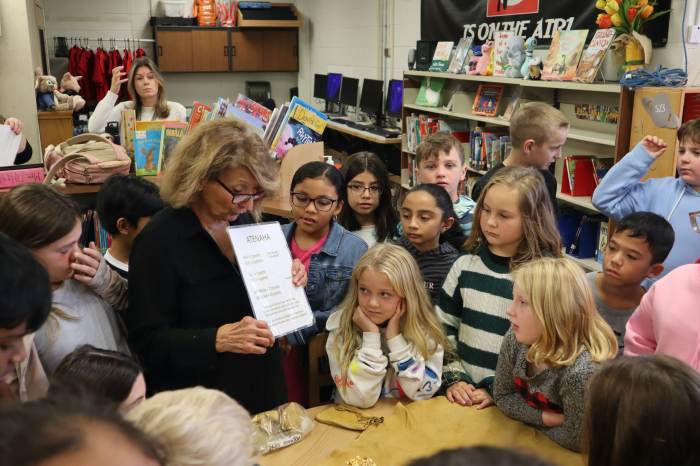Board of Ed and Superintendent
Try to Minimize Cuts and
Maximize Benefits to Students
The Island Trees School District’s 2010/2011 budget, along with all other New York State school districts, will be hit hard and the district is trying to find ways to save money while keeping education a top priority.
At their first budget workshop for the 2010/2011 budget, the Island Trees Board of Education and superintendent met on Feb. 3 to discuss the district’s options.
According to District Superintendent Dr. Charles Murphy, state aid makes up 37 percent of the district’s revenue and with a loss of approximately $519,537 in state aid, the district has to find ways to pass a budget that will be educationally sound and fiscally responsible.
“We want to try to find some balance between education and affordability for the community,” Murphy told the Tribune. “It’s not the end of the world here, we have a plan to put together a good program that we’ll be proud of.”
At the Feb. 3 meeting, Murphy and members of the board of education discussed several budget options that ranged from minimal cuts in things like custodian overtime and legal services to many programs and staff being cut under a contingency budget.
The 2010/2011 preliminary budget, which has only minimal cuts, would call for a 9.25 percent tax levy increase, something Murphy and Board of Education President Peter Ray agreed is not the right budget to put forth to the community.
“We want to find something that’s passable and will gain community support,” Murphy said.
More conservative tax increases of around 3 or 4 percent would have a much better chance of passing in a district vote, but would contain numerous cuts.
A 2010/2011 budget option with an increase of $1.07 million from the 2009/2010 budget, a 1.91 percent increase, would require a 3.99 percent tax levy increase, a number Murphy and Ray agree is the most likely to pass in a district vote.
The several budget scenarios the board and Murphy discussed are “starting points for discussion. Clearly the 9.25 tax increase isn’t going to pass,” at the May budget vote, he said.
One of the many ideas for saving money is to combine the two elementary schools, Stokes Elementary and Sparke Elementary, using the “Princeton Model” of reorganizing schools.
The Princeton Model suggests that instead of having kindergarten through fourth in each building, the schools would benefit from a reorganization of kindergarten and first grade in Sparke, the smaller of the two, and grades 2-4 in Stokes.
Not only would this save $450,000 every year, Murphy said, by not having to duplicate things like library books, furniture and other supplies tailored to children in those grades, but it would create a better environment for those students by having them around their peers in the same building. When they get to the high school, they’ll know each other Murphy and Ray both said.
“The teachers would be working cooperatively together in the same school,” Murphy said. “Sometimes when you have two different buildings you have two different philosophies.”
With the Princeton Model they would be “putting their heads together,” he said and fostering a environment of collective ideas.
If cuts do need to be made to the teaching staff, Murphy said it would be incredibly difficult to do in Sparke because there are only three sections for each grade. If one teacher was laid off, the other two sections would have to absorb those students, tremendously inflating the class populations.
Combining the two schools would give them about eight sections, making one less teacher, if need be, not so daunting to the other classes.
“You don’t want to see anyone lose their job,” Murphy said but the reality of it is all budget scenarios, except the preliminary budget that would require a 9.25 tax levy increase, would call for cutting teachers.
“There’s nothing you really want to give up but the state has no money,” Ray said. “If they haven’t got the money, we’re going to have to cut some things.”
The next regularly scheduled board of education meeting will be Wednesday, Feb. 24 at 8 p.m. in the General Purpose Room at Geneva. N. Gallow.






























